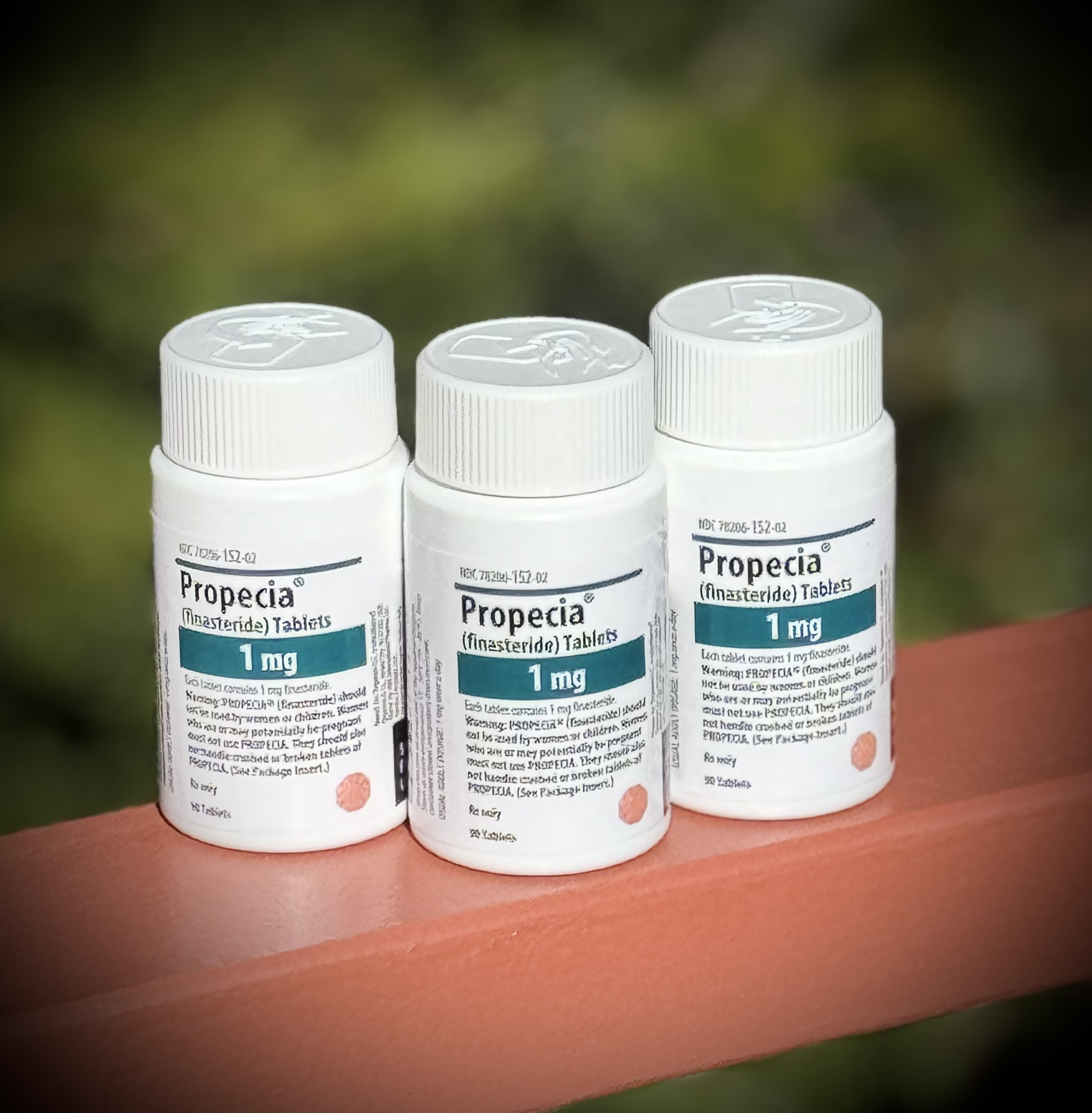Why Propecia Works Better on the Crown and Back of the Head
I know many of you have probably heard about Propecia and its effectiveness in combating hair loss, but have you ever wondered why it seems to work better on the crown or back of the head rather than the frontal area? Well, let’s unpack that mystery together.
First off, let’s talk about what Propecia actually does. Propecia, also known as finasteride, is a medication that works by inhibiting the production of dihydrotestosterone (DHT), a hormone that’s known to shrink hair follicles in those genetically predisposed to male pattern baldness. By reducing DHT levels, Propecia helps to slow down hair loss and even promote hair regrowth in some cases. Sounds great, right? So, why the discrepancy in effectiveness between the crown and the front?
 Well, it all comes down to the way male pattern baldness progresses. You see, male pattern baldness typically follows a predictable pattern of progression, starting with a receding hairline and thinning at the temples (the frontal area), before advancing towards the crown and eventually creating that classic “bald spot” at the back of the head. Now, here’s the kicker: the hair follicles in the frontal area are often more sensitive to the effects of DHT compared to those in the crown.
Well, it all comes down to the way male pattern baldness progresses. You see, male pattern baldness typically follows a predictable pattern of progression, starting with a receding hairline and thinning at the temples (the frontal area), before advancing towards the crown and eventually creating that classic “bald spot” at the back of the head. Now, here’s the kicker: the hair follicles in the frontal area are often more sensitive to the effects of DHT compared to those in the crown.
So, while Propecia does an excellent job of blocking DHT production and preserving hair follicles in less sensitive areas like the crown, it may struggle to fully halt the progression of hair loss in the frontal area where follicles are more prone to miniaturization and eventual dormancy.
But fear not, for there are other treatments in our arsenal that can target hair loss in the frontal area with more precision. One such option is Rogaine, also known as minoxidil. Rogaine works by stimulating hair follicles to enter the growth phase, effectively promoting hair regrowth in areas where it has thinned out. It’s available over the counter and can be easily incorporated into your daily routine.
Another promising option is Platelet-Rich Plasma (PRP) Therapy with ACell. This cutting-edge treatment involves injecting a concentrated solution of your own platelet-rich plasma, along with ACell—a regenerative medicine product—directly into the scalp. This powerful combination helps to stimulate dormant hair follicles, improve hair density, and promote overall scalp health.
And let’s not forget about laser therapy, which works by stimulating blood flow to the scalp and encouraging cellular activity in hair follicles, leading to potentially healthier hair over time.
Now, I want to emphasize that every individual is unique, and what works for one person may not necessarily work for another. That’s why it’s crucial to schedule a consult with a qualified hair loss specialist like myself to determine the most appropriate treatment plan for your specific needs and goals.
Dr. Matthew Lopresti
Chief Surgeon

